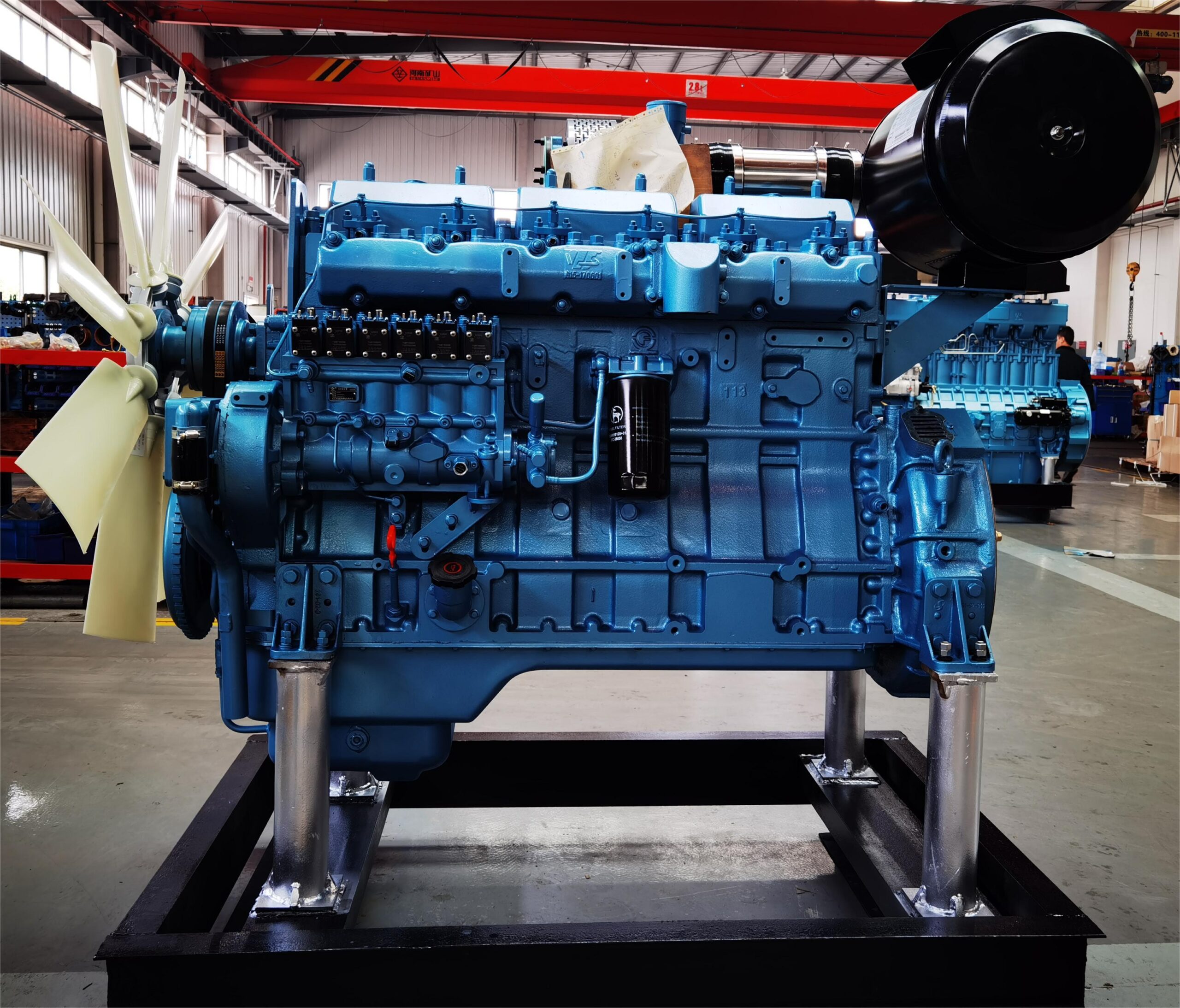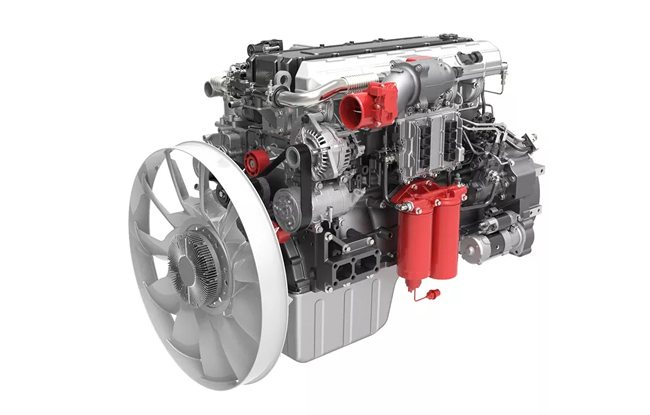Description
Chinese Engines: The Rising Giants of Emerging Market Economies
In recent years, the term “Chinese Engines” has emerged as a pivotal phrase in discussions surrounding global economic dynamics. These engines refer not only to the remarkable growth of China’s economy but also to the increasing influence of its industries, technologies, and innovation in shaping emerging markets. As China continues to evolve into a leading global player, its impact is profoundly felt in developing nations, often referred to as emerging markets. This article explores the characteristics, influence, and potential future of these Chinese Engines within the context of emerging market economies.
The Rise of Chinese Manufacturing and Technology
China has long been recognized as the “world’s factory,” a label it earned through decades of rapid industrialization, heavy investment in manufacturing, and an abundance of low-cost labor. However, in recent years, the narrative has shifted from simply being a production powerhouse to a hub of technological innovation and development. Companies such as Huawei, Alibaba, and Xiaomi have not only thrived domestically but have also made significant inroads into international markets.
This transition from a manufacturing-based economy to one that emphasizes technology and innovation is indicative of China’s broad economic strategy. With initiatives like “Made in China 2025,” the Chinese government aims to foster high-tech industries, including robotics, aerospace, and renewable energy. As these Chinese companies expand their reach into emerging markets, they often bring technological advancements that significantly influence local industries and economies.
Expanding Influence in Emerging Markets
Chinese Engines have become increasingly integral to the economies of emerging markets across Asia, Africa, and Latin America. Through investments, partnerships, and the sharing of knowledge, China is actively shaping the development landscape of these nations. Notable examples include:
- Infrastructure Development: Through the Belt and Road Initiative (BRI), China has invested billions in infrastructure projects, including roads, railways, ports, and energy plants. Countries such as Pakistan, Kenya, and Ethiopia have benefited from these projects, which not only enhance connectivity but also stimulate economic growth.
- Technology Transfer: Chinese companies often establish joint ventures or collaborations with local firms in emerging markets, facilitating technology transfer and capacity building. This transfer of knowledge can boost local industries, improve productivity, and create job opportunities.
- Consumer Market Development: As income levels rise in many emerging markets, there is an increasing demand for affordable consumer goods, electronics, and digital services. Chinese companies have been quick to meet this demand, positioning themselves as essential players in these burgeoning markets.
The Challenges Ahead
Despite these positive contributions, the rise of Chinese Engines is not without its challenges. Concerns regarding debt sustainability, environmental impact, and local job displacement are prevalent. Critics argue that heavy reliance on Chinese investment could lead to a dependency that may stifle local entrepreneurship and innovation.
Moreover, geopolitical tensions, particularly between the U.S. and China, could complicate relations in emerging markets. Countries may find themselves caught between two competing global powers, complicating their foreign policy and economic strategies.
The Future of Chinese Engines in Emerging Markets
Looking ahead, the potential for Chinese Engines to continue driving growth in emerging markets remains substantial. Several factors will likely influence this trajectory:
- Sustainable Development: As the world increasingly prioritizes sustainable growth, Chinese companies that invest in renewable energy and green technologies could find significant opportunities in emerging markets that are actively seeking to reduce their carbon footprints.
- Digital Transformation: The COVID-19 pandemic accelerated digital adoption across the globe. Chinese tech firms are well-positioned to provide digital solutions, from e-commerce platforms to cloud computing and artificial intelligence, in countries undergoing digital transformation.
- Investment Diversification: As global economic dynamics shift, Chinese investments are likely to diversify, focusing on sectors such as healthcare, education, and agriculture, further entrenching their influence in a variety of emerging markets.
Conclusion
Chinese Engines are indeed reshaping the economic landscape of emerging markets, presenting both opportunities and challenges. As these nations navigate the complexities of development in an increasingly globalized environment, understanding the implications of China’s rise will be critical. The transformative power of these engines has the potential to redefine economies, propel sustainable growth, and foster a new era of innovation across the globe. For emerging markets, the road ahead may be paved with Chinese ingenuity and investment, setting the stage for a dynamic and interconnected economic future.








